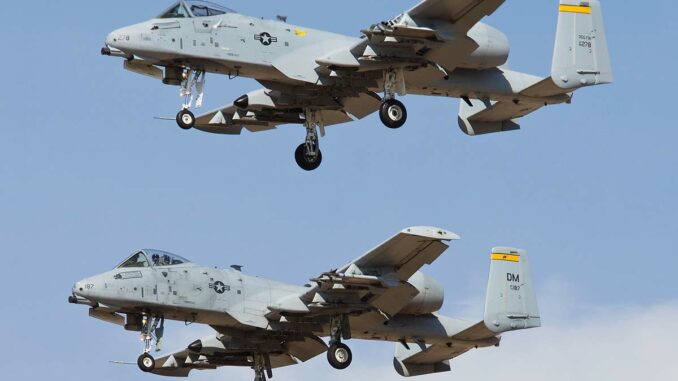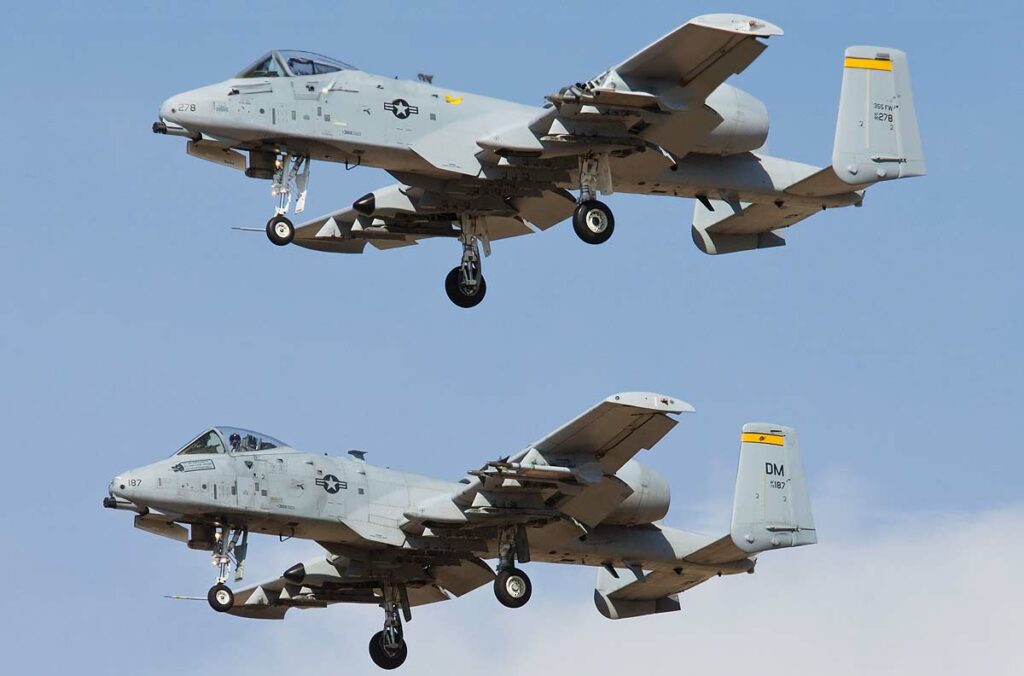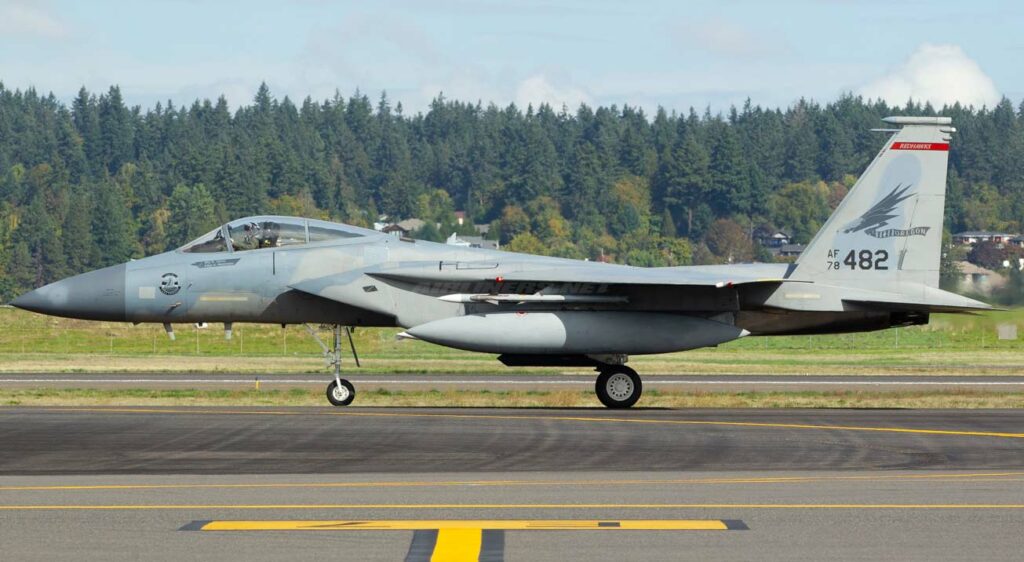
Discover the impacts of the 2024 defense budget proposal on the future of US military aviation, including the retirement of the A-10 and F-15.
As part of the proposed US defense budget for fiscal year 2024, major changes are planned for the US air fleet. This initiative, incorporated into the National Defense Authorization Act (NDAA), calls for the retirement of several aging combat aircraft, such as A-10 Warthogs and F-15s, while preserving some F-22 Raptors. These changes raise many questions about the future of American air supremacy, the evolution of military technologies, and the strategic and political implications. This article examines in detail the key elements of this proposal, its context, its potential consequences, and the future challenges the U.S. Air Force may face.

A Strategic Turning Point for Air Supremacy
The 2024 defense budget proposal marks a strategic turning point for the U.S. Air Force. It calls for the retirement of 42 A-10s and 57 F-15C/Ds, reducing the number of these aircraft to 218 for the A-10s and 92 for the F-15C/Ds. However, the proposal aims to preserve 32 F-22A Raptors, despite their high maintenance costs and their current role limited to training. This strategic choice reflects a desire to modernize the fleet by getting rid of obsolete and costly aircraft, while retaining those with significant upgrade potential.
Military Aviation at the Crossroads
For years, there have been heated debates between the US Air Force and Congress over the future of iconic aircraft such as the A-10. These discussions reflect differences in strategic vision and resource management. In addition, the need to integrate new technologies, such as Collaborative Combat Aircraft (CCA) and the Next Generation Air Dominance (NGAD) program, highlights the challenges of technological evolution and budgetary management. This situation reflects a crucial transition period for US military aviation, torn between historical heritage and the need for innovation.
Towards a New Era of Air Warfare
The scheduled retirement of the A-10s and F-15s, and the retention of the F-22s, will have a significant impact on the Air Force’s operational and strategic capabilities. By eliminating aircraft less suited to future conflicts, the air force is seeking to equip itself with a more modern and efficient fleet. However, this transformation raises questions about the air force’s ability to maintain an effective presence worldwide, manage transition costs and integrate new technologies such as CCAs and NGAD into its overall strategy.
The proposed changes also have implications for training programs, the maintenance of existing fleets, and the management of international partnerships. The decision to limit the minimum number of fighters to 1,112, compared with the previous requirement of 1,145, indicates a temporary but significant adjustment to operational capabilities. In addition, the assessment of risks associated with the development, testing and production phases of new aircraft, such as the T-7 Red Hawk, is essential to guarantee the efficiency and reliability of future aircraft.

The defense budget proposal for fiscal year 2024 represents a defining moment for the U.S. Air Force. By choosing to retire certain aircraft and preserve others, notably the F-22 Raptor, the Air Force is demonstrating its willingness to look to the future, prioritizing modernization and efficiency. This decision, while strategic, raises challenges in terms of resource management, technological integration and maintaining operational capabilities. The success of this transition will depend on the air force’s ability to balance historical heritage and innovation, while navigating a complex political and budgetary context.
War Wings Daily is an independant magazine.